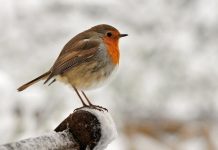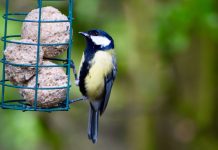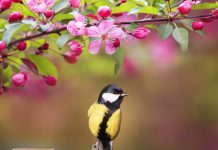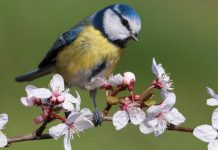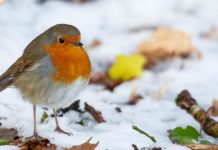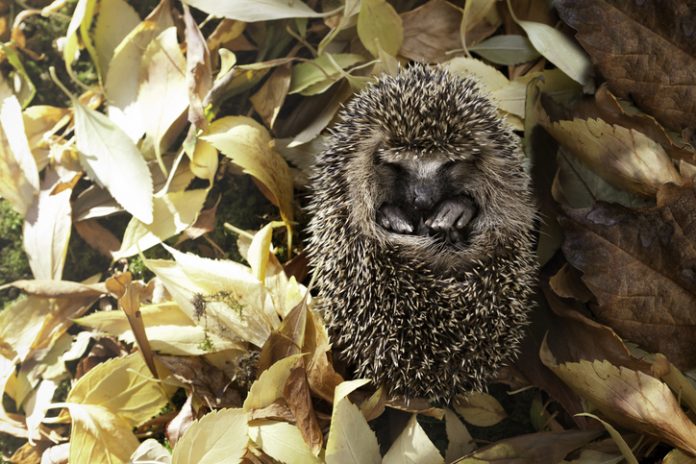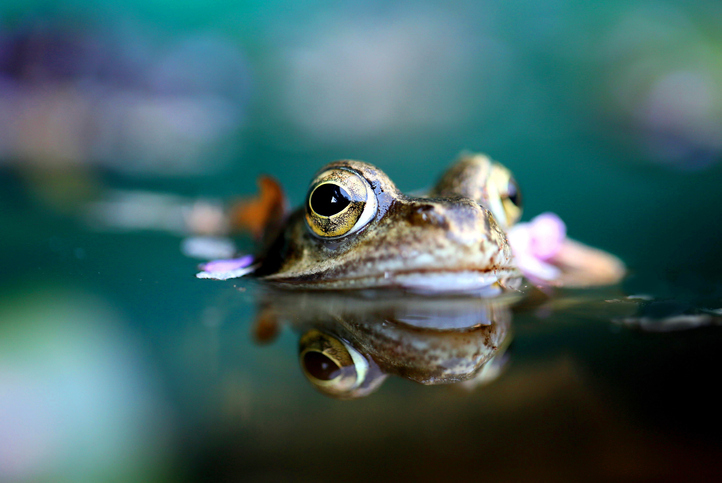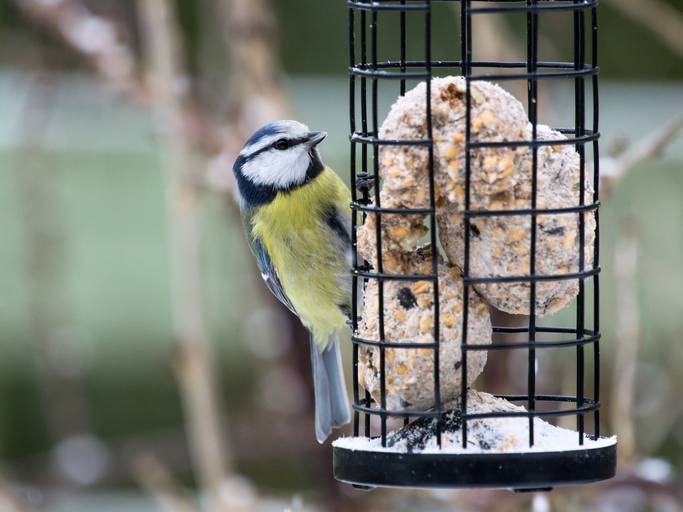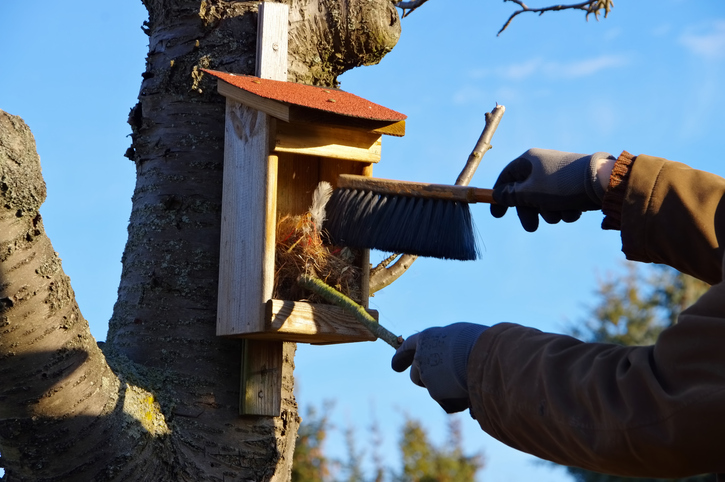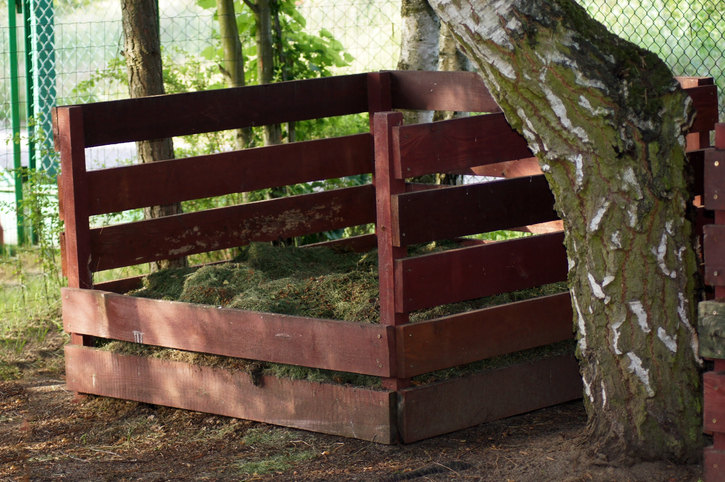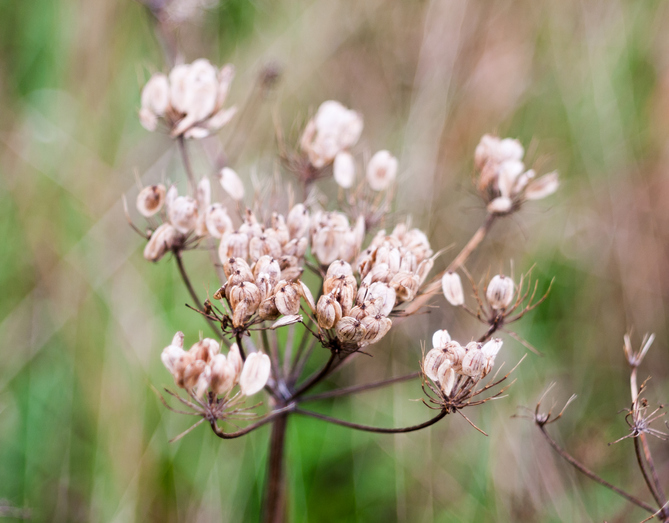The harsh cold weather can be tough for some British wildlife, many of our favourite garden visitors begin to prepare for their long sleep through the winter months. Some species, such as hedgehogs, truly hibernate. Whereas others, such as frogs, enter a state of torpor from which they will occasionally rouse to search for food.
We’ve put together a list of ways you can help the wildlife in your garden prepare for winter and emerge happily and healthily next spring.
Ponds
Male frogs spend winter in the muddy depths of ponds, breathing through their skin. But as the temperatures drop, ponds can freeze over which means that any gases caused by decaying plant material at the bottom can get trapped and become poisonous. Removing debris from your pond now, and placing a net over the top to catch any falling leaves, will prevent this from happening. Floating a tennis or golf ball on the surface will also help to prevent the water from freezing over and sealing shut.
Energy rich food
Birds don’t hibernate, therefore they need to consume a lot of energy to keep themselves warm at night. Keep your feathered friends well stocked up with energy rich foods such as suet, peanuts and mealworms to see them through the cold weather.
Twigs, sticks and leaves
Placing bundles of twigs and sticks at the back of your flowerbeds and borders, or in a plant pot turned on its side, provides a place for insects and small mammals to shelter. Remove any fallen leaves from paths or lawns as well, and transfer to a quiet corner where hibernators can crawl and use them for shelter. Hedgehogs houses are also a great way to keep your prickly visitors warm and cosy over winter.
Nesting boxes
Now is a good time to start cleaning and clearing out your nesting boxes so that your garden birds have somewhere warm and dry to take shelter on cold winter nights. Doing this will also increase your chances of them setting up a nest for raising their broods next spring.
Compost heaps
Hedgehogs, queen bees and other species find compost heaps the perfect place to hibernate over winter, so it’s important to keep your compost dry. If your compost bin is plastic with a lid, this will keep it dry, but be sure to provide access in and out by standing the bin on bricks. If your heap is open, cover the top with a sheet of thick plastic or old carpet to keep it dry and insulated. Try not to disturb your compost heap between autumn and April, whereupon all species will have finished their long sleep.
Butterflies
Some butterflies overwinter as adults and will search out cool and dry conditions. To prevent them from entering your home, try installing a butterfly B&B inside your garden shed, where they can hunker down for the cold period without any risk of injury. Make sure there is no heating in your shed, as this can confuse butterflies into thinking that it’s time to emerge.
Borders
Leaving herbaceous borders intact over winter will provide a winter duvet of decaying plants for small mammals and insects to cosy up in. Ornamental grasses may offer a great hibernation space for hedgehogs, and hollow plant stems and seed heads provide nooks and crannies for a plethora of invertebrates.





